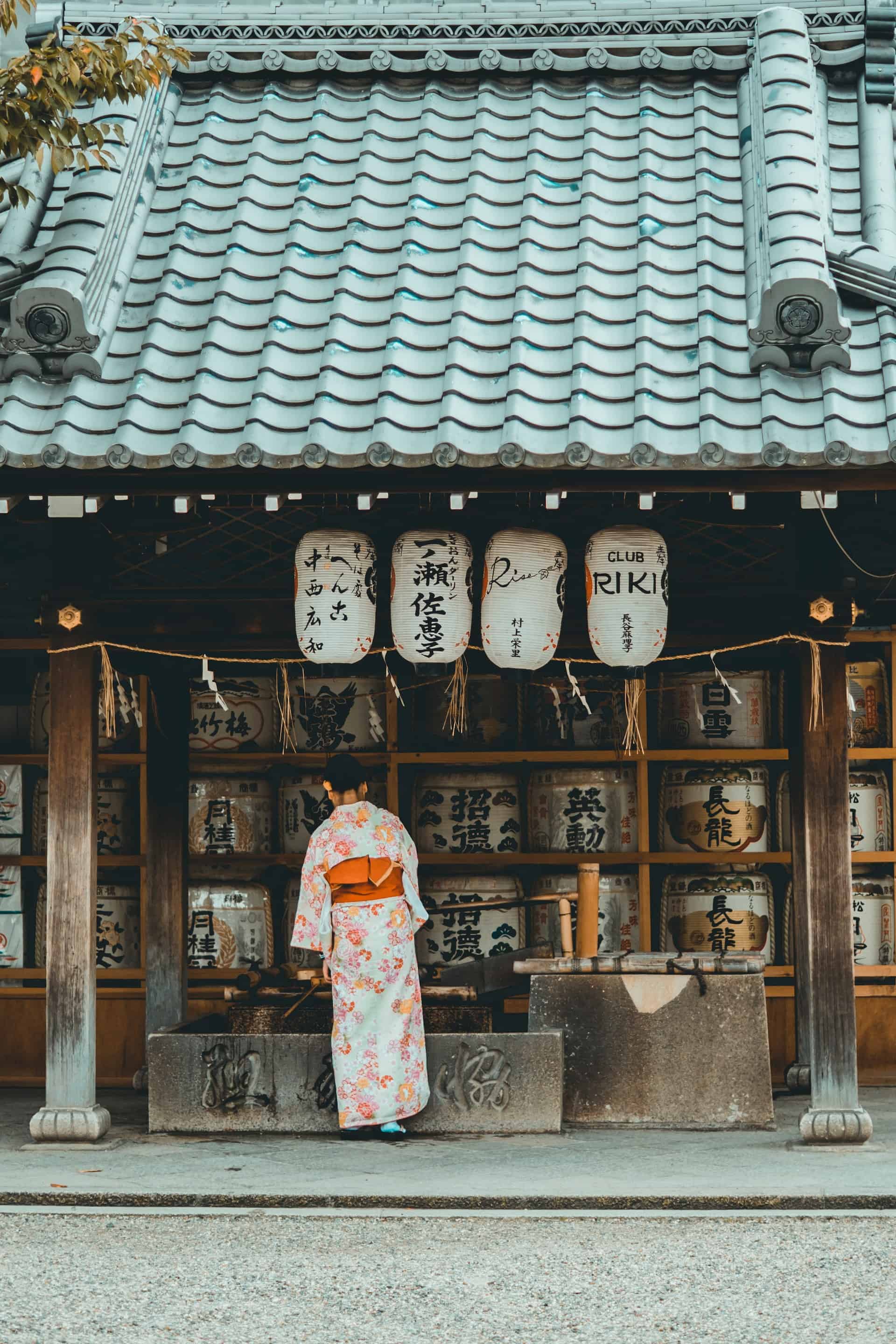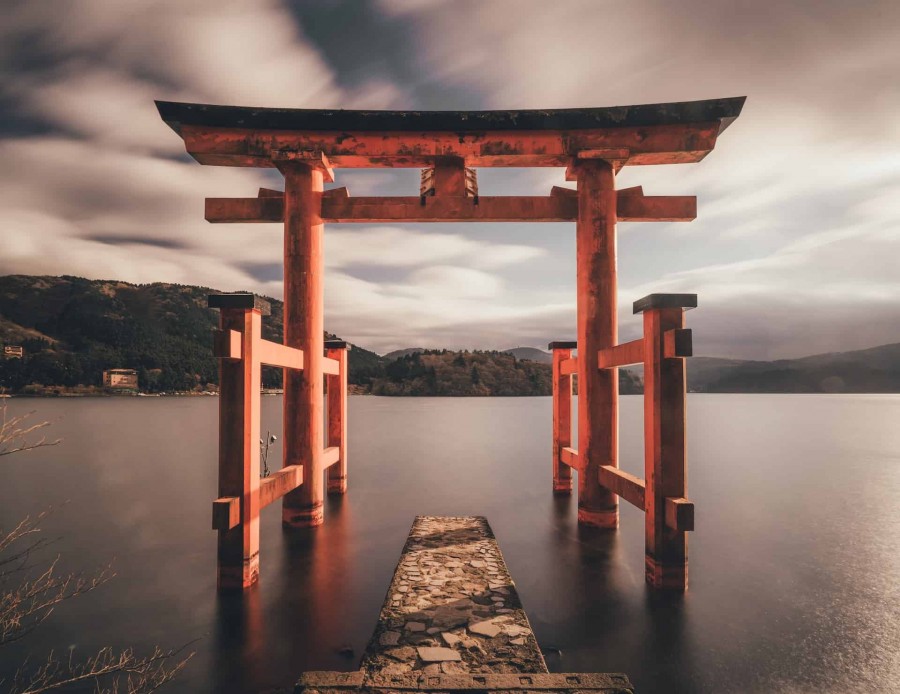
"New Year is one of the most anticipated holidays around the world, and Japan is no exception. Come on, see the following some of Japanese New Year traditions!"

Photo by Tianshu Liu on Unsplash


© SR Digital - Alinear Indonesia. All rights reserved.
Home | About Us | Smart Publication: ID | EN | JP | Business & Partnerships | Contact us | Sitemap